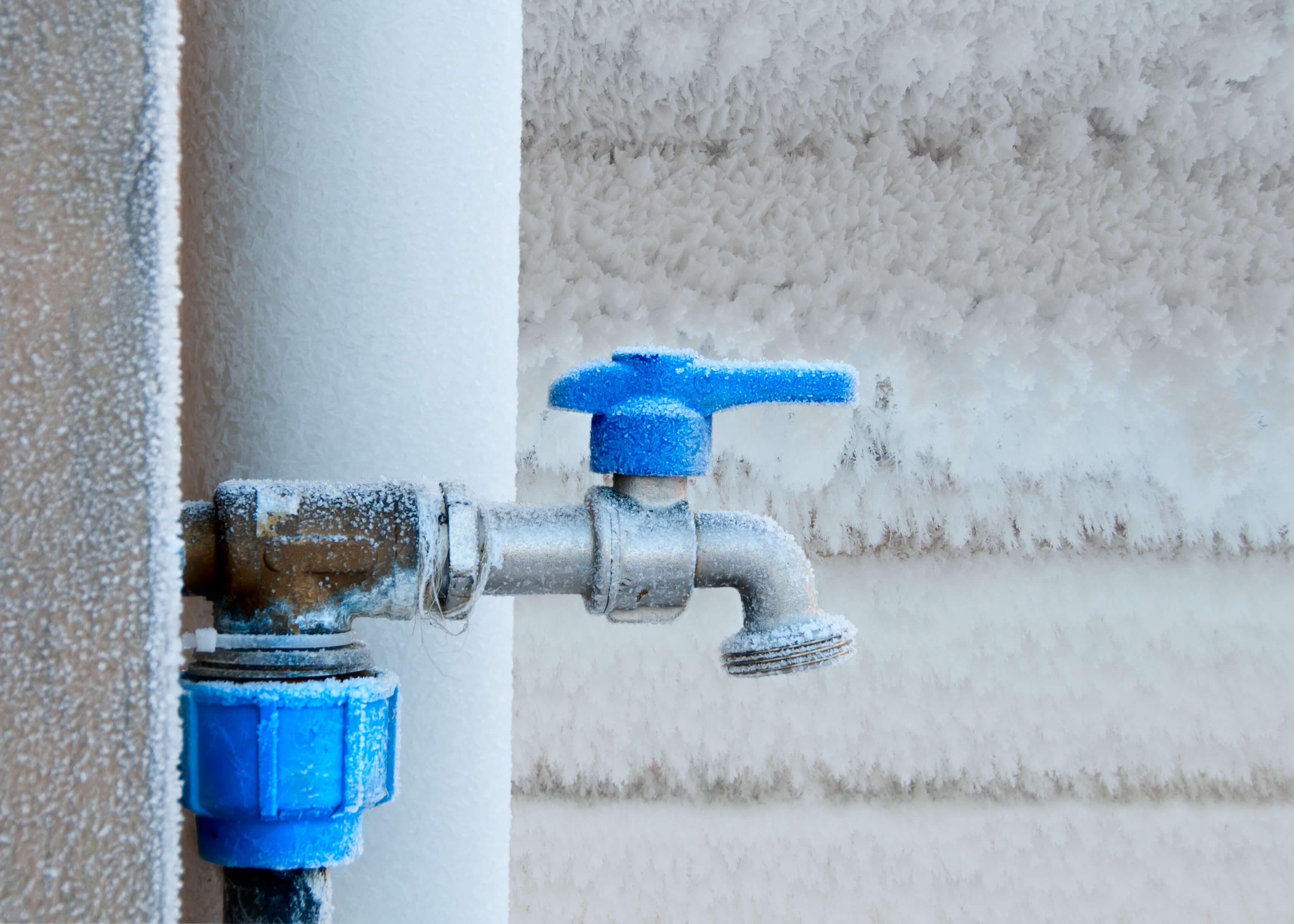
What Temperature Does Water in Pipes Freeze?
Staying warm in winter is essential to living a healthy and comfortable lifestyle. While you might be on top of the ways in which to keep your family warm, you must also keep in mind that your pipes need the same attention. As explained by my local Plumber in West London, West London Plumbers, the pipes in your home allow for smooth operation, and if they become so cold that the water freezes inside of them, you could potentially run into very expensive problems to fix. By knowing about your system and what to do when it gets cold, you will be sure to make your pipes last, not only during the cold months but during their lifetime. Having this awareness can save you from a lot of hassles and unexpected renovations!
Freezing Temperature
The freezing point of water is 32-degrees Fahrenheit and the water in your pipes holds no exceptions. As the temperatures drop, you might be worried about the water flowing through your pipes. Any water that remains in the pipes has the ability to freeze and give you problems. The good news is that your pipes are protected by your home’s insulation.
As long as you have suitable insulation, you can be put at ease knowing that your pipes aren’t going to immediately freeze though the temperatures have reached freezing. They are still susceptible to freezing, though. A more realistic temperature to be aware of is 20-degrees Fahrenheit. At 20-degrees, most pipes are going to be at risk.
A lot of this has to do with your geographic location. If you live in an area that does not get very cold, you will have a lot less to worry about the integrity of your pipes. However, many of us do live in regions that experience frigid weather and winter storms.
Having this simple awareness can help you tremendously. Even if you aren’t in immediate danger of having frozen pipes, it is still good to keep track of how cold it is actually getting outside. As mentioned, your insulation is what protects the pipes. As long as your insulation is properly installed, then you should have less to worry about.
Source: https://www.hopeplumbing.com/blog/2015/december/8-tips-on-preventing-pipe-bursting/
Methods of Prevention
If you are experiencing cold weather and you want to do what is best for your pipes, it only takes a few simple steps to stay on top of this maintenance. Since you likely have insulation throughout your home, you need to watch those pipes that are less protected, such as the ones in your basement, attic, and garage. These pipes will not be insulated like the rest throughout your home, so they are at a higher risk of freezing as soon as you notice the outside temperatures dropping. If the pipes freeze, they can also burst. This can cost you upwards of $5,000 to repair, plus the inconvenience in having to deal with construction!
To prevent this problem, you can take a few regular precautionary steps. Make sure that you keep your garage door closed whenever possible. When the door is closed, this serves as a form of insulation, protecting your pipes from the cold. You can also open your indoor cabinets in the bathrooms and kitchen in order to allow some of the warmer air through.
For any outdoor water outlets, you can let some cold water drip from each one on a very low setting. Running water will protect your pipes because it will serve as a continuous stream of protection. Try to regulate your indoor temperature by keeping your thermostat at a comfortable, yet regular, setting. Changing the thermostat frequently can cut the warm air supply from your pipes, putting them at risk of freezing.
Source: https://www.consumerreports.org/home-maintenance-repairs/how-to-keep-pipes-from-freezing/
Defrosting Pipes
If you realize that your pipes have frozen, there are still some methods that you can try before having to contact a contractor. By understanding how to defrost them, you can be saving yourself a lot of money and time. The first step comes by locating what is frozen. This should be fairly easy because you will notice that the water supply has been cut off.
By taking a hairdryer, you can blow warm air onto the exposed pipes, starting from the base of the faucet and working your way down. Make sure that your faucets are open as you are doing this so you can track your progress. Never use an open flame to attempt this; it can cause potential injuries to yourself and lasting damage to your pipes.
The method to defrost unexposed pipes will be different. When you locate what is frozen, open the faucet. The easiest method is going to be a simple increase in the temperature of your entire home. By adjusting the thermostat, this will begin warming all of the pipes.
Most of the time, this is enough to allow any ice inside of the pipes to melt. If you can locate the wall in which the frozen pipe is located, you can also try placing an infrared heat lamp facing the wall. This focused heat should be enough to penetrate the wall and allow your pipes to warm back up.
Source: https://www.thebalancesmb.com/how-to-thaw-a-frozen-water-pipe-2124986

